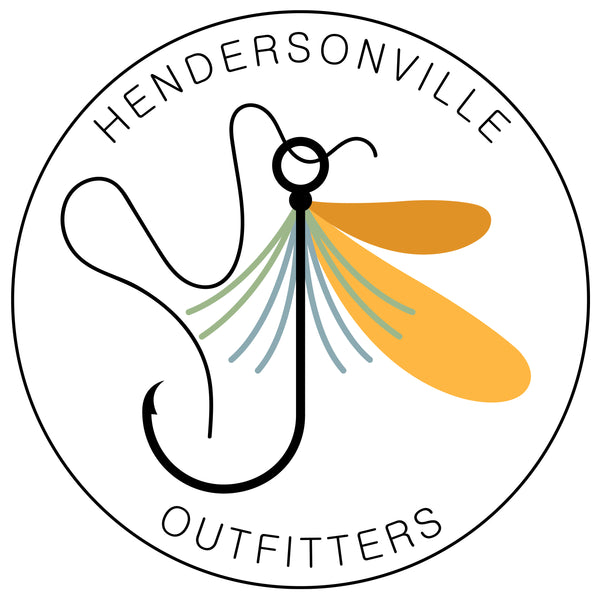If you have been fly fishing in any capacity for trout you have probably heard the saying “match the hatch.” This simply means we are trying to match the forage insects that are available for trout or the main food source they are gorging on which usually will be a stonefly, caddis fly, or mayfly in classic situation. These insects are just the tip of the iceberg, it goes even further as you learn exact species. Tricos, Blue Wing Olives, Yellow Sallies, October Caddis, the list goes on and on and chances are you are not an entomologist. Well do not let that discourage you from getting a bite.
Often you will see bugs flying around and the trout sipping on them when they land on the surface. If you can identify the type of insect (stone, may, or caddis) it is, you can usually encourage a bite if you match the size of the hatch rather than the exact species. Many of us do not have every species of may, stone, or caddis fly on us so what we will focus on is picking 3 in various sizes so you can be prepared for whatever hatch comes your way. These are universal patterns that can represent that insect in various life stages without having to get too specific. “All arounder flies” is what I like to call them, and what we will focus on is matching the size of the insect you see flying around.
First lets cover your mayfly, The Parachute Adams is a universal dry fly that can represent the mayfly species in various adult stages so having two of every size from #24-#14 will arm you with a tool that can get you in the game of any mayfly hatch. Be patient and try to match the size of the mayfly you see trout feeding on as best you can. This is a pattern loved by dry fly fishers all around the globe.

Next lets cover our stone fly. These are typically larger insects than your mayfly. They have longer bodies and can be huge or tiny depending on where you are. So why not get one pattern huge and tiny to cover your bases. For this I like to use a good old stimulator. This is a bushy buoyant pattern that is usually intended to just attract fish with a buggy look. You should arm yourself with a darker color and a lighter color like black and yellow. Sizes you should have are #18-#10. These can work great as terrestrial insects too. You can depend on these to get you out of multiple jams of fly selection.

And lastly, the caddis fly. I can think of no better pattern than the famous Elk Hair Caddis. Just the name says it all, and chances are you have one of these in your box this very moment. This fly has attracted new and experienced anglers alike with its versatility as a great all around caddis pattern. That being said, they come in quite a variety of different colors. So my suggestion is black and tan in every size from #20-#14. These are also a great fly for enticing unintelligent fish that have been stocked, as they have a small stout shape that can be interpreted as a pellet.

Don’t let the science of the sport scare you into giving it your all or spending money on a menagerie of flies you may or may not use. Get these three patterns in every size available, pick two colors in each (dark and light) and get out there! Observe what is flying around and match the size as best you can.I am confident you will find success. Once you do, thenstart experimenting with more species specific patterns that relate to your fishery.

